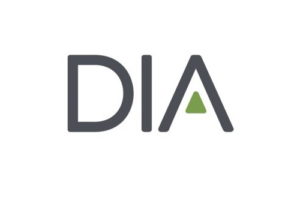Writing in the April 2025 edition of DIA’s Global Forum magazine, Christopher Morrison and Richard Xie of RA Capital Management L.P., introduce the recently published cost-effectiveness analyses methodology which incorporates key value elements and drivers that are omitted or incompletely captured in traditional clinical outcome assessments.
Accelerating scientific discoveries are reshaping our understanding of diseases and driving therapeutic innovation. A more comprehensive and unbiased assessment of the societal value of these advances is needed to ensure more informed healthcare decision-making.
Introducing the Generalized Cost-Effectiveness Analysis (GCEA) Methodology
Built on decades of methodological progress, the generalized cost-effectiveness analysis (GCEA) methodology, proposed by a group of 12 leading health economists and modelers, offers a structured method to incorporate key value elements and drivers that are omitted or incompletely captured in traditional CEAs.
In a recently published best-practice guide detailing the GCEA approach, the economists’ working group identified a total of 15 novel value elements across four domains (Figure 1) that modelers and value assessors should consider to quantitatively assess the value of innovative therapies.

Figure 1: GCEA Value Flower.
Note: While the GCEA Value Flower draws on the ISPOR Value Flower (2018), the definitions and naming of specific value elements may differ between the two frameworks. Refer to the publications for additional details.
The uncertainty domain includes three elements (outcome uncertainty, disease risk reduction, value of knowing) that recognize the value associated with the uncertainty of a patient’s future health outcomes due to the uncertainty in treatment effectiveness and the probability of being diagnosed with a disease.
The dynamics domain captures five value elements that account for how value estimates change over time: dynamic net health systems costs, dynamic disease prevalence, real option value, scientific spillover, and societal discount rate.
The beneficiary domain goes beyond patients and considers other stakeholders in the healthcare system. It includes three value elements (equity, family and caregiver spillover, and patient-centered health improvements) that examine how a treatment’s value might vary depending on to whom the benefits accrue.
Lastly, four value elements were included in the additional domain: community spillover, productivity, adherence, and direct nonmedical costs.
Collectively, these 15 elements form the basis for a more holistic, unbiased, patient-centered methodology to assess the societal value of innovative therapies.
The published best practice guide not only outlines how each element can be methodologically integrated into economic models but also provides real-world examples to show how they might be estimated and operationalized. Depending on the specific disease and treatment being considered, not all value elements will be equally relevant or feasible to incorporate in every assessment. Recognizing these considerations, the authors encourage value assessors to consider all value elements and recommend transparent reporting on which elements are included and why others are omitted.
Read the full article on the DIA Global Forum website here



